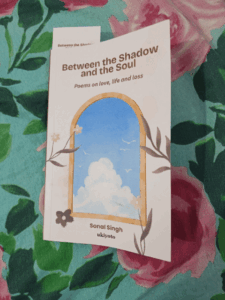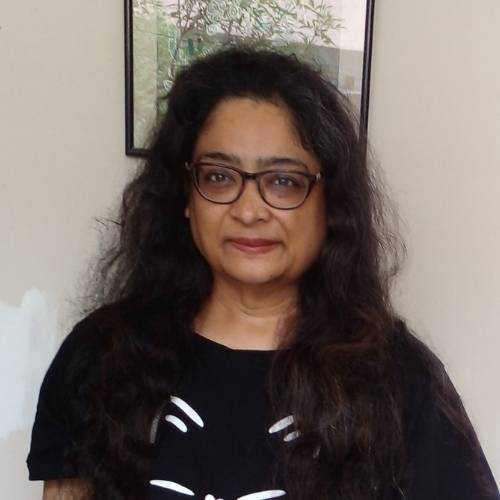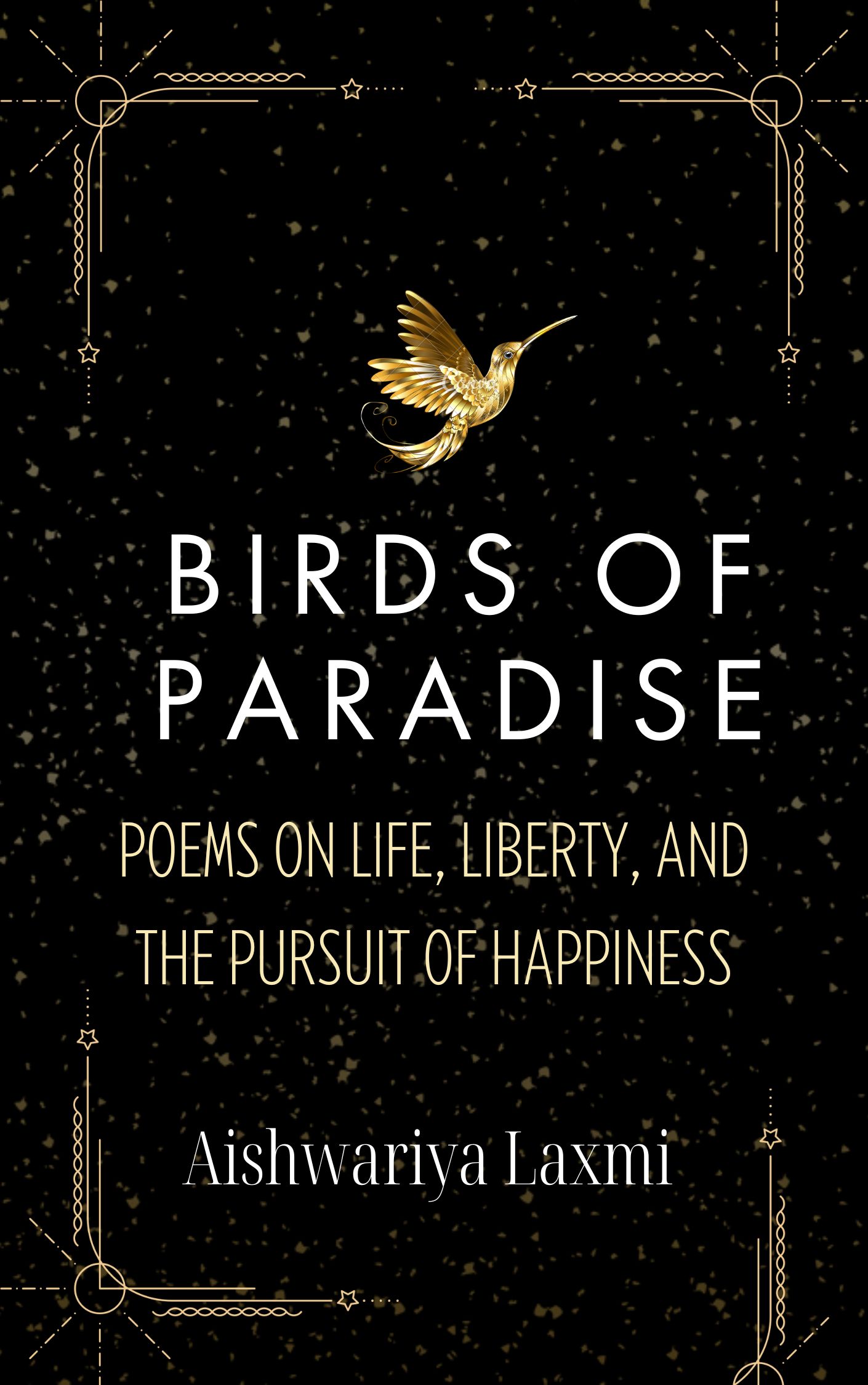The Bandaya literary movement, meaning “rebellion” in Kannada, was a progressive and socially conscious literary movement that emerged in Karnataka during the 1970s and 1980s. It aimed to use literature to challenge social and economic injustices and advocate for the rights of marginalized communities.
Key Features and Goals:
Socially Committed Literature: The movement emphasized writing that addressed social and economic inequalities, particularly those faced by the Dalits (formerly known as “Untouchables”), farmers, and laborers.
People-Centric and Anti-State: Bandaya writers sought to represent the perspectives and struggles of ordinary people and challenge the power structures of the state.
Rebellion and Resistance: The movement used its literary platform to resist oppression and advocate for social change.
Influence of Other Movements: The Bandaya movement was influenced by the Dalit movement, the Dalit Sangarsha Samiti, and other social movements in Karnataka.
Emphasis on Dignity and Equality: The movement aimed to uphold the right to live with dignity and promote equality for all.
Key Figures:
D.R. Nagaraj: A key figure who coined the slogan “Let poetry be a sword! The dear friend who responds to the pain of people!” (“Khadgavaagali kavya! Janara novige midiva pranamitra!”).
Baragur Ramachandrappa: A prominent writer and activist associated with the movement.
Siddalingaiah: A prominent writer and thinker who was part of the Bandaya movement.
Chandrashekhar Patil: Another key figure who was actively involved in the movement.
Banu Mushtaq: A well-known writer whose work reflects the spirit of the Bandaya movement.
Other Notable Writers: Many other Kannada writers, including Chennanna Valikar, Kalegowda Nagavar, and others, were associated with the movement.
Impact and Legacy:
Challenging Social Norms: The Bandaya movement challenged existing social norms and hierarchies, particularly those related to caste and class.
Promoting Social Change: It played a significant role in raising awareness about social injustice and advocating for change.
Influence on Literature: It influenced Kannada literature, leading to the emergence of a new generation of writers who were committed to social justice.
Continuing Relevance: The movement’s ideas and principles continue to be relevant in contemporary Kannada literature and activism.












